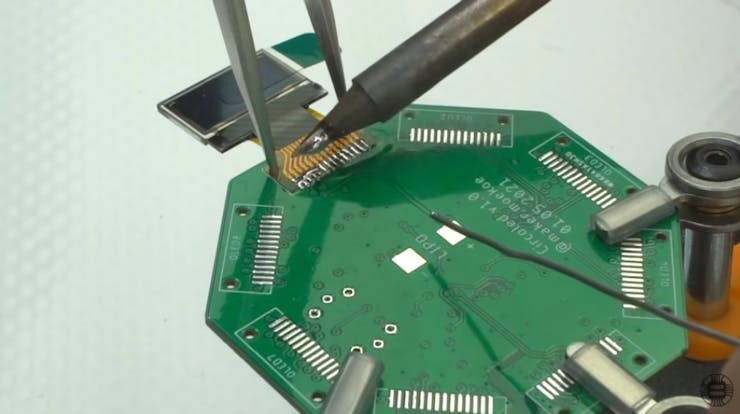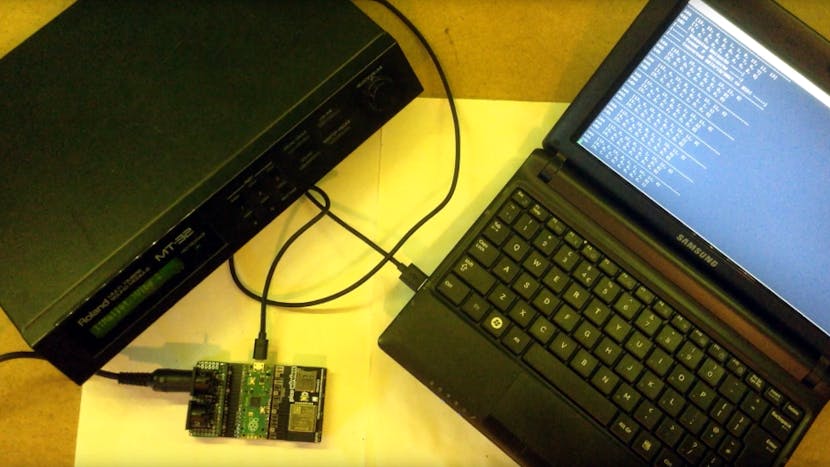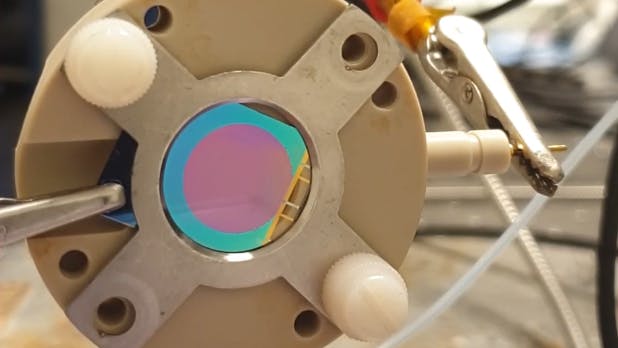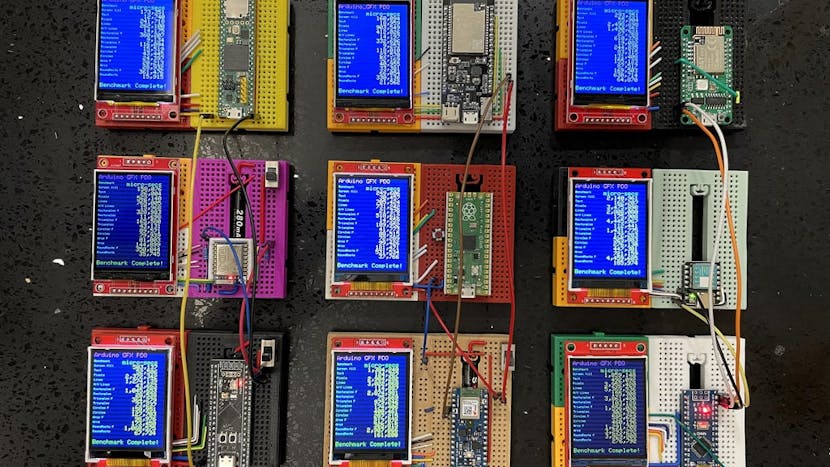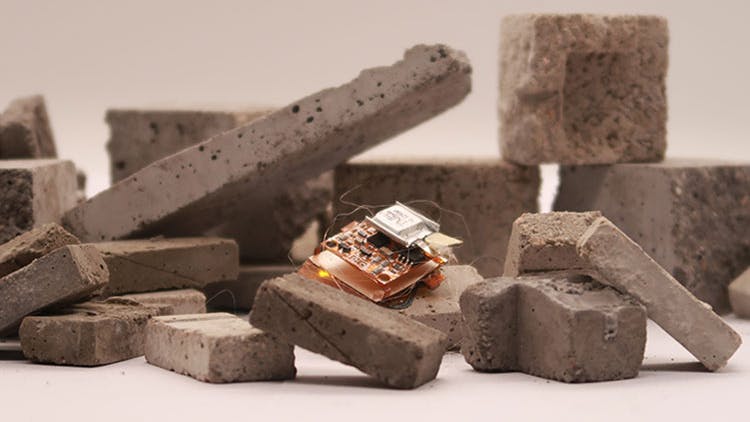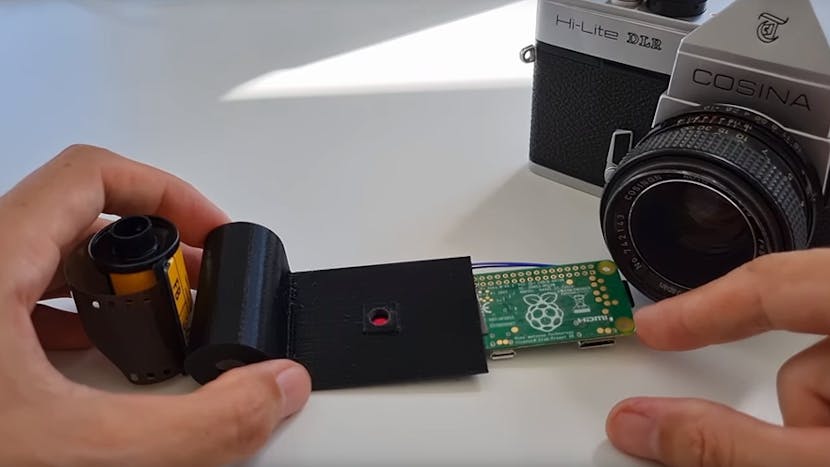YouTuber maker.moekoe built this ESP32-controlled “circular” display using eight OLED screens.
The vast majority of displays have a rectangular 16:9 aspect ratio, or 4:3 for older TVs and monitors. But we’re starting to see more unusual aspect ratios and even screen shapes become more common. Some newer smartphones have ultra-widescreen aspect ratios and round displays are the norm for smartwatches. A square may be the most efficient form, because it doesn’t waste any rows or columns in the matrix, but people like more unique shapes. YouTuber maker.moekoe took that idea to the extreme when they built this ESP32-controlled cylindrical screen.
